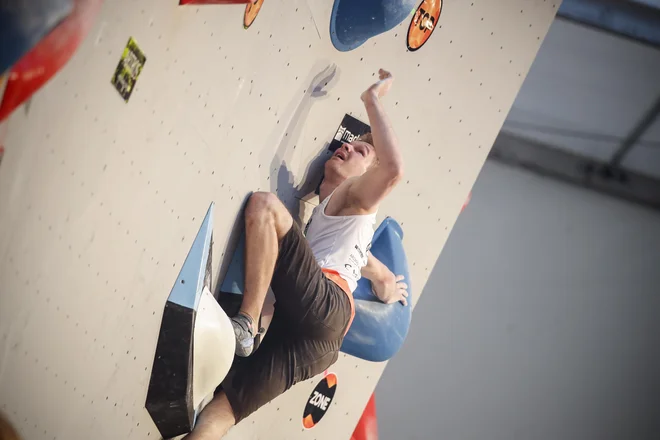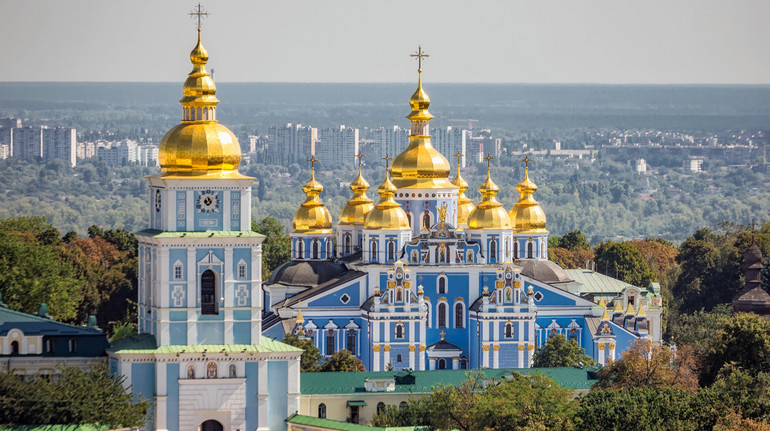After two wet years it is now very dry. And it is precisely then it burns in nature
/s3/static.nrc.nl/images/gn4/stripped/data130049537-e75042.jpg)
« This is the smallest fire I have ever visited, » says NatuurbrandExpert Sander Veraverbeke, while his gaze glides over the burnt part of the Sallandse Heuvelrug. A few dozen trees have been cut down, the overruled soil is mixed with white axle, charred wood and loose branches. The havoc was deliberately created to extend the fire that thought it was going to his course here last Sunday and to deprive new fuel.
In total it concerns 2,500 square meters, less than half a football field. A little one, in the book of Veraverbeke, who is a climate system scientist at the VU University Amsterdam. For his field studies, he visited much larger nature fire areas in Siberia, Alaska, Canada, California, Greece and recently Greenland. « You have to be a kind of detective here to see the consequences, » he says, lets his shoe raise some ashes. The trees don’t even have any scars, he notes.
The natural fires that occur in the Netherlands do not really impress him, and the chance that they will do that is not great. « Such a big fire simply cannot arise here, the Netherlands does not have much concatenated nature. »
The largest nature fire in the Netherlands was at De Peel in Noord-Brabant in 2020. 800 hectares were laid in the ashes. In other countries, fires the size of a Dutch province are ‘no exception’. « The impact of natural fires will therefore always be relatively limited here. »
Yet a lot of nature fire prevention is done, for safety and to protect nature. « That works well, that’s why there are few fires that get the news, » says Marc Brossschot, Nature Brand Prevention coordinator at Staatsbosbeheer.
Roadside
Last week there was a lot of attention for fires, not so much because of their size, but because of the high number. This month, an estimated no fewer than eighty natural fires were reported, including those on the Sallandse Heuvelrug.
There are « quite a lot of yes, » says Brossschot. « In the entire 2024, a total of 88 nature fires raged, » he says. There are extremely few in comparison, but there are very few burning that year. Even including roadside, field and defense bands (on training grounds) there were only 170.
How different is it this month. A piece of forest of 4,500 square meters in Hulst has been destroyed by a fire, just like an area of at least 20,000 square meters in the Lauraboses in Weert. Also a piece of field of 10,000 square meters with an elephant grass three meters high, at Biervliet in Zeeland, went up in flames-it was the third fire in Zeeuws-Vlaanderen in one afternoon.
The cause: drought. In the past two years there have been two ‘very wet’, says Edwin Kok, coordinator Taskforce Natural Firbs of the Netherlands Fire Department. At that time, an average of 986 millimeters, almost 200 millimeters more than normal. « That explains why it was so few in 2024. »
This year, there have been no drop of rain in many places in the Netherlands in the past two months and various heat records have also been broken. « Although drought has a greater impact than heat, » says Kok. The difference should therefore not only be deposited by last year. « If you look back, you will see that in 2018, 2020 and 2022 there were also many natural fires. Between 700 and 1000 per year. »
Now the last two wet years are in a certain sense, says Kok. « Nature was able to flourish through all that rain. Everything was green. But because it is dry, that also means a lot of potential fuel. » In addition, the low vegetation, grass and ferns, is not yet active and the « juice streams have not yet started ». Once the process of photosynthesis runs, at least the Dutch nature of itself is much more moist – and then burns out itself.
Savannas
« Every place on earth has its own regime, its own kind of fires, » says Veraverbeke. There are major differences, depending on the region and the vegetation. Depending on that, and any dangers, the fight against it will also be dealt with differently.
Due to climate change, natural fires are increasingly and more and more northern, in wooded areas. “Because more forests are now burning than grasslands, such as the savannah, more burns are made by fewer burns2 emitted. » In addition, in wet areas such as the Pantanal, the largest Drasland area in the world, are also more common in Brazil.
And fires are becoming more intense, larger, destroying, such as at the beginning of this year in Los Angeles. Veraverbeke lived there for five years and did research into the fires. « Every summer it was hit there, but as intense as this year, that’s new. » With his hands he makes clawing movements in the air, the fire kept grabbing around him. He does not expect something like that in the Netherlands to happen quickly. « I hope it is the right estimate. »
About the attention there was for the fires in Los Angeles, he has to do something about the heart. « We pay a lot of attention in Europe for the fires here and in America. » That is partly understandable. Certainly the attention for southern European fires, which influence vacations, is logical. But why so much attention for the United States? And not for other areas in the world? There are more large natural fires. He mentions Indonesia as a hotspot. Why is there hardly any attention for that? « You remember that less than one percent of the total burnt -out area worldwide are in Europe. »
Natural fire briefing
In the Netherlands, every week, on Thursday afternoon, « a group of experts who deal with natural fires, for the natural fire briefing, » says Brossschot. That is a briefing at the initiative of the Netherlands Fire Department, where, among other things, Staatsbosbeheer and the national operational coordination center are present. Together they view the expectations for the coming week. In addition, they look at humidity, drought and wind. « Then we can quickly come to any improvements if there is an increased risk. »
Plans are also devised by that group for the longer term. Brossschot says, jokingly: « The fire brigade wants to prevent natural fires from sometimes seeming like they prefer to asphalt the entire country. But burning cannot be completely prevented, so a middle ground has to be found that works for safety and nature. »
In many places it is now being chosen to let nature help nature. For example, strips of deciduous trees are planted in vast pine areas, and low leafy vegetation. Because deciduous trees retain more moisture than pines, they brake so that it can be kept under control more easily. Another option is a fire corridor, causing a fire to die. « We also call that heap lines, » says Brossschot. « In any case, we hope it will stop a fire as quickly as possible. »
Negative image
Last week, Veraverbeke published an article about the boundaries of fires in Eastern Siberia, where fires can vote almost ‘undisturbed’. He investigated with his team when and what they stop. « About half of the times it was a change of the weather, the other half because there was a barrier in the landscape, such as a river or a road. » You cannot force a weather change, but a buffer can be realized in the Netherlands.
Veraverbeke stands still for a moment. « Natural fires are not necessarily bad, isn’t it? » As far as he is concerned, they wrongly have ‘a one -sided negative image’. Burns are sometimes needed for the cleansing of nature. « As the heath here, if it is not occasionally disturbed, it closes at a certain moment. Then it is no longer a heath, but forest. »
The Dutch are mainly confronted with fires during the holiday period. « Then they tell at RTL disappointed that the place where they have been going on vacation for years now blasted by a natural fire. » It’s horrible, « they say. » And the years that follow it will not look like they were used to.
« If you look at it from that time scale, it is indeed abrupt and it looks serious, » he says. « But nature is resilient, nature really comes back. » Also on this small piece of the Sallandse Heuvelrug.

:format(webp)/s3/static.nrc.nl/images/gn4/stripped/data133280221-bb4cba.jpg)
:format(webp)/s3/static.nrc.nl/images/gn4/stripped/data133212425-ae69bf.jpg)
:format(webp)/s3/static.nrc.nl/bvhw/files/2019/08/web-1708zatwongjpg.jpg)




